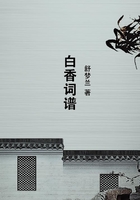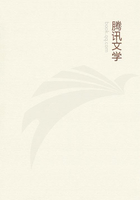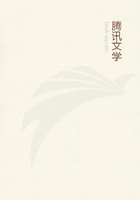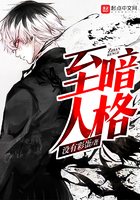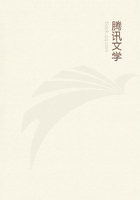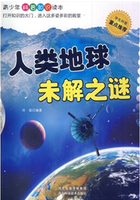"In writing therefore, such a natural history of diseases, every merely philosophical hypothesis should be set aside, and the manifest and natural phenomena, however minute, should be noted with the utmost exactness. The usefulness of this procedure cannot be easily overrated, as compared with the subtle inquiries and trifling notions of modern writers, for can there be a shorter, or indeed any other way of coming at the morbific causes, or discovering the curative indications than by a certain perception of the peculiar symptoms? By these steps and helps it was that the father of physic, the great Hippocrates, came to excel, his theory being no more than an exact description or view of nature. He found that nature alone often terminates diseases, and works a cure with a few simple medicines, and often enough with no medicines at all."
Towards the end of the century many great clinical teachers arose, of whom perhaps the most famous was Boerhaave, often spoken of as the Dutch Hippocrates, who inspired a group of distinguished students. I have already referred to the fact that Franciscus Sylvius at Leyden was the first among the moderns to organize systematic clinical teaching. Under Boerhaave, this was so developed that to this Dutch university students flocked from all parts of Europe. After teaching botany and chemistry, Boerhaave succeeded to the chair of physic in 1714. With an unusually wide general training, a profound knowledge of the chemistry of the day and an accurate acquaintance with all aspects of the history of the profession, he had a strongly objective attitude of mind towards disease, following closely the methods of Hippocrates and Sydenham. He adopted no special system, but studied disease as one of the phenomena of nature.
His clinical lectures, held bi-weekly, became exceedingly popular and were made attractive not less by the accuracy and care with which the cases were studied than by the freedom from fanciful doctrines and the frank honesty of the man. He was much greater than his published work would indicate, and, as is the case with many teachers of the first rank, his greatest contributions were his pupils. No other teacher of modern times has had such a following. Among his favorite pupils may be mentioned Haller, the physiologist, and van Swieten and de Haen, the founders of the Vienna school.
In Italy, too, there were men who caught the new spirit, and appreciated the value of combining morbid anatomy with clinical medicine. Lancisi, one of the early students of disease of the heart, left an excellent monograph on the subject, and was the first to call special attention to the association of syphilis with cardio-vascular disease. A younger contemporary of his at Rome, Baglivi, was unceasing in his call to the profession to return to Hippocratic methods, to stop reading philosophical theories and to give up what he calls the "fatal itch" to make systems.
The Leyden methods of instruction were carried far and wide throughout Europe; into Edinburgh by John Rutherford, who began to teach at the Royal Infirmary in 1747, and was followed by Whytt and by Cullen; into England by William Saunders of Guy's Hospital. Unfortunately the great majority of clinicians could not get away from the theoretical conceptions of disease, and Cullen's theory of spasm and atony exercised a profound influence on practice, particularly in this country, where it had the warm advocacy of Benjamin Rush. Even more widespread became the theories of a pupil of Cullen's, John Brown, who regarded excitability as the fundamental property of all living creatures: too much of this excitability produced what were known as sthenic maladies, too little, asthenic; on which principles practice was plain enough. Few systems of medicine have ever stirred such bitter controversy, particularly on the Continent, and in Charles Creighton's account of Brown[7] we read that as late as 1802 the University of Gottingen was so convulsed by controversies as to the merits of the Brunonian system that contending factions of students in enormous numbers, not unaided by the professors, met in combat in the streets on two consecutive days and had to be dispersed by a troop of Hanoverian horse.
[7] Dictionary of National Biography, London, 1886, VII, 14-17.
But the man who combined the qualities of Vesalius, Harvey and Morgagni in an extraordinary personality was John Hunter. He was, in the first place, a naturalist to whom pathological processes were only a small part of a stupendous whole, governed by law, which, however, could never be understood until the facts had been accumulated, tabulated and systematized. By his example, by his prodigious industry, and by his suggestive experiments he led men again into the old paths of Aristotle, Galen and Harvey.
He made all thinking physicians naturalists, and he lent a dignity to the study of organic life, and re-established a close union between medicine and the natural sciences. Both in Britain and Greater Britain, he laid the foundation of the great collections and museums, particularly those connected with the medical schools. The Wistar-Horner and the Warren Museums in this country originated with men greatly influenced by Hunter. He was, moreover, the intellectual father of that interesting group of men on this side of the Atlantic who, while practising as physicians, devoted much time and labor to the study of natural history; such men as Benjamin Smith Barton, David Hossack, Jacob Bigelow, Richard Harlan, John D. Godman, Samuel George Morton, John Collins Warren, Samuel L. Mitchill and J. Ailken Meigs. He gave an immense impetus in Great Britain to the study of morbid anatomy, and his nephew, Matthew Baillie, published the first important book on the subject in the English language.

